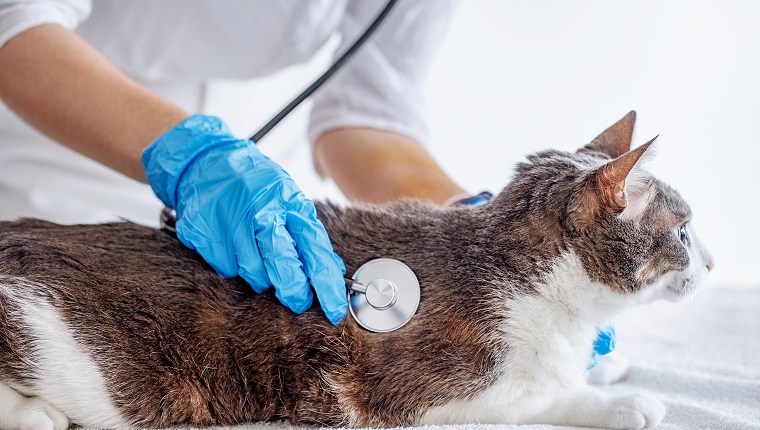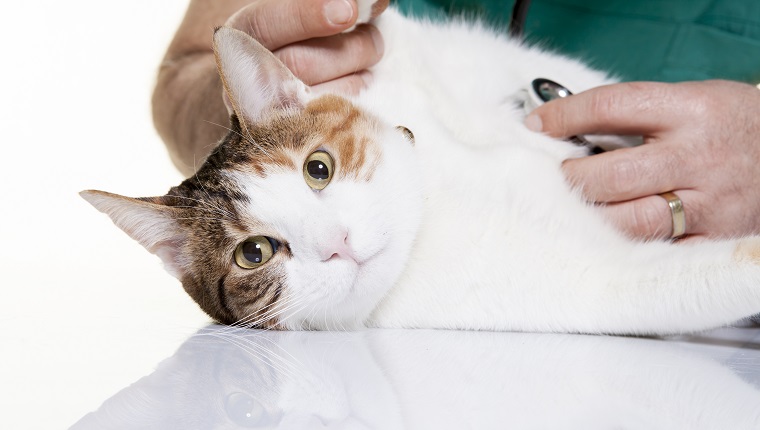Pulmonary mineralization in cats is a medical condition where calcium accumulates and builds up in the lungs. It can affect just one part of the lungs, or it can spread to other parts of the body.
In general, the condition seems to affect older kitties the most, but the exact cause of the condition is often unknown.
If you see signs that your cat might be suffering from calcium buildup in their lungs, then you consult your veterinarian for a proper diagnosis and course of treatment. Here’s what you should know about the symptoms, causes, and treatments of pulmonary mineralization in cats.
Symptoms Of Pulmonary Mineralization In Cats
Pulmonary mineralization might not actually result in a cat displaying any symptoms at all. But in other cases, the most frequent symptoms of the condition include:
- Coughing
- Shortness of breath
- Cyanosis (bluish skin discoloration)
- Making abnormal sounds while breathing
- Becoming resistant to exercise and activity
- Increased rate of breathing
Causes Of Pulmonary Mineralization In Cats

Pulmonary mineralization in cats is often idiopathic, meaning the exact cause is unknown. However, t following issues have been suggested as factors that might contribute to a cat developing the condition:
- Bronchial stones
- Fungal infection
- Alveolar granulomas
- Part of the aging process
- Producing too much cortisol
In general, this condition seems to most frequently affect older cats rather than younger kitties.
Veterinary Treatments
If you think that your cat is developing pulmonary mineralization, then your veterinarian will want to carry out a full examination. They’ll ask about any symptoms that your kitty is experiencing and also order blood and urine tests.
Your vet can use X-rays and CT scans to examine your cat’s lungs, while a lung biopsy can detect whether a calcium buildup is present.
When it comes to treatment, vets can use medication to help with breathing issues and clear up any infections that might have developed. As ever, if your vet prescribes your cat medication, then it is vital that you stick to the precise dosage and frequency instructions and complete the full course of medicine.
Has your cat developed pulmonary mineralization? What treatments does your vet suggest? Tell us all about it in the comments below.









